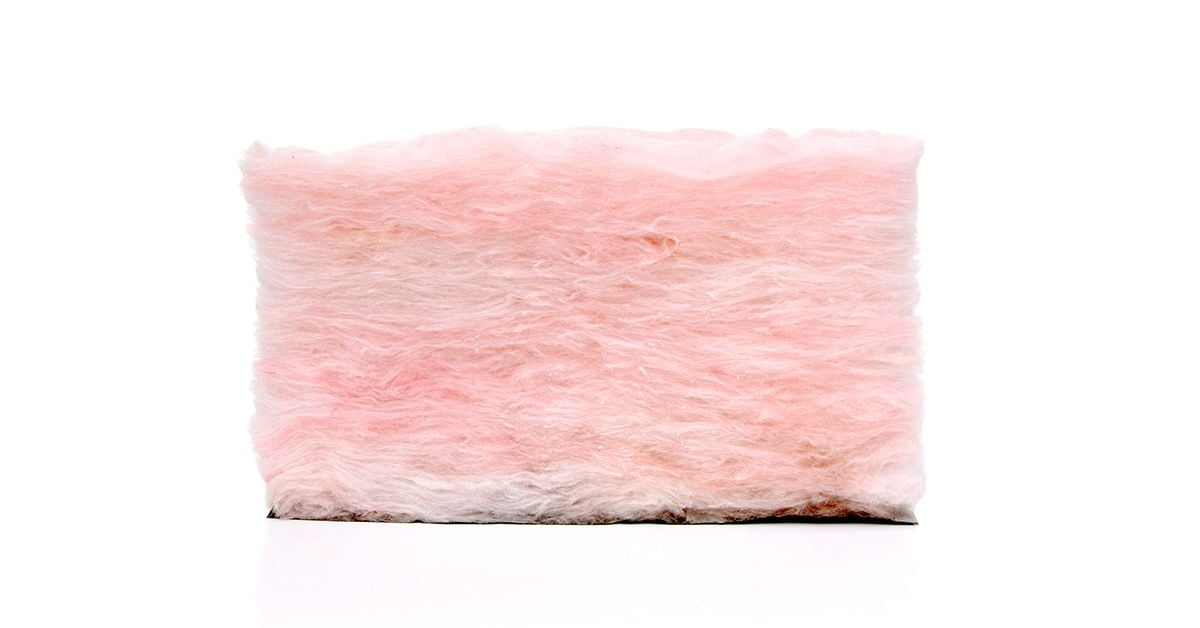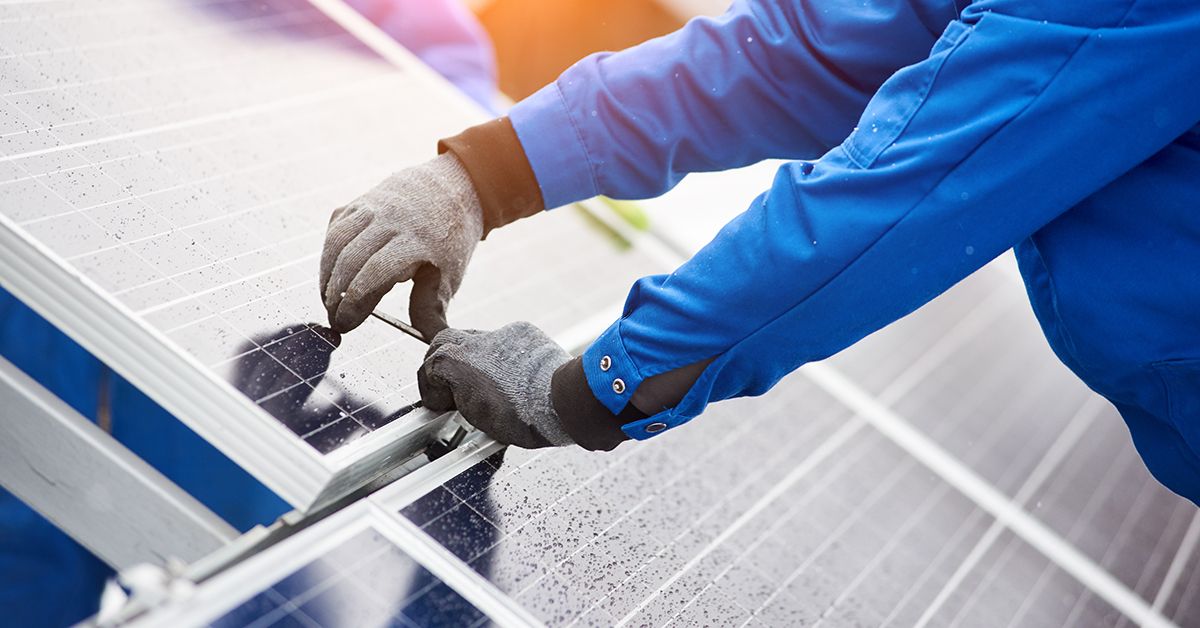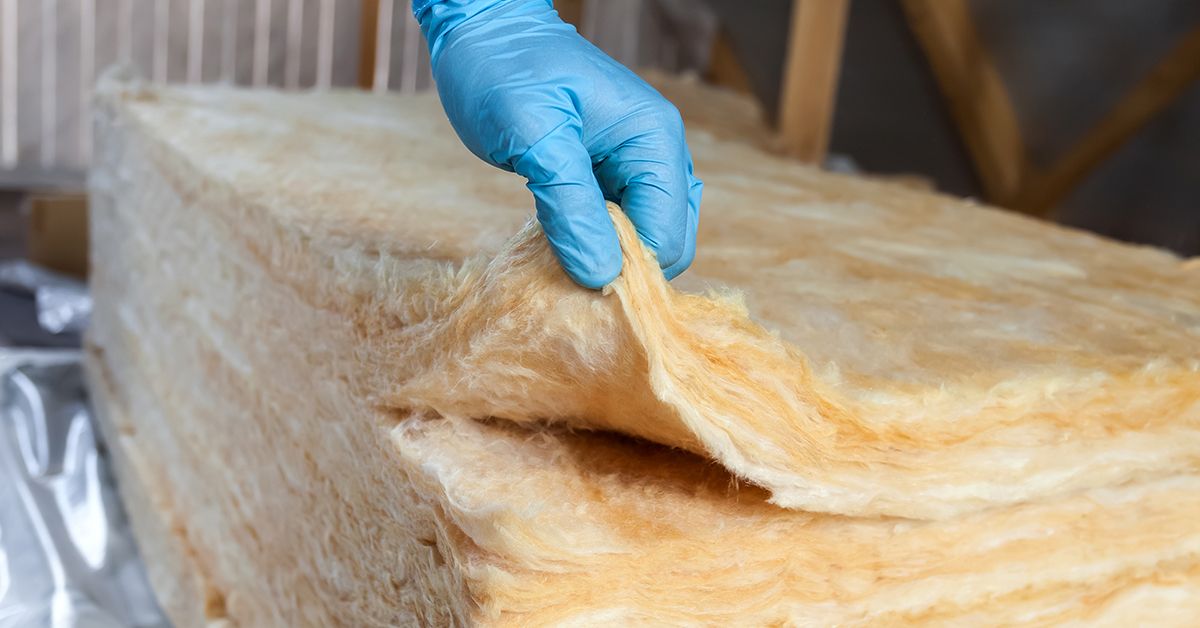
The Most Eco-Friendly Types of Insulation in Colorado
What Makes Insulation Eco-Friendly?
When determining which types of insulation are most eco-friendly, we start with seven key questions:
- Is it made of recycled materials?
- How big is its carbon footprint?
- Can you reuse it?
- Can you recycle it?
- Does it emit harmful chemicals or byproducts?
- Does it last a long time (thereby reducing the need to make / use more)?
- Does it reduce your home’s energy usage?
Rating the Most Eco-Friendly Types of Insulation in Colorado
Let’s look at the four most popular and effective types of home insulation in Colorado — fiberglass, polyurethane spray foam, mineral wool, and cellulose — and put each of them to our seven-question test.
Fiberglass Insulation
- Made of recycled materials? Though fiberglass insulation is not always as reliant on recyclables as more eco-friendly types of insulation, you are nevertheless likely to find recycled glass in most types of fiberglass insulation. Some products consist of up to 60% recycled materials!
- How big is its carbon footprint? Blown-in fiberglass insulation installation has a significantly lower carbon footprint.
- Can you reuse it? Yes. If not damaged, fiberglass insulation is easily reused.
- Can you recycle it? Recycling fiberglass insulation is difficult but not impossible. While most counties will not accept it for recycling, some will. Always check with your county’s waste management authority for instructions on allowable handling and disposal.
- Harmful chemicals or byproducts? There is some disagreement about whether the chemicals in fiberglass insulation pose health hazards. Expert installation can go a long way in reducing the concern. Fiberglass insulation is widely used around the world, and after extensive study, it has been approved for safe usage in businesses and homes in Colorado.
- Durability? Fiberglass insulation is fire-resistant and extremely durable.
- Does it reduce your home’s energy usage? Fiberglass offers some of the highest R-values on the market. It is extremely effective at reducing your home’s energy usage, which benefits the environment and your bank account.
Polyurethane Spray Foam Insulation
- Made of recycled materials? Some polyurethane spray foam uses a small percentage of recycled materials, but spray foam generally relies less on recyclables than do other forms of insulation.
- How big is its carbon footprint? While spray foam has not historically been considered one of the most eco-friendly types of insulation in Colorado, recent advancements in spray foam have helped to reduce the carbon footprint associated with its production.
- Can you reuse it? Because of the way spray foam is made and installed, it does not lend itself to significant reusing.
- Can you recycle it? Some counties have specific procedures in place for disposing of polyurethane spray foam, which includes recycling in some places. However, the most important thing when disposing of spray foam is to avoid causing an even bigger environmental problem. Improper disposal is a huge fire hazard. Never put polyurethane spray foam in a plastic trash bag.
- Harmful chemicals or byproducts? Most spray foams consist of a variety of minerals and chemicals. While polyurethane spray foam is widely considered to be safe and has been approved for use as home insulation in the United States, some people do have environmental and/or health-related concerns about the material and its byproducts.
- Durability? Spray foam can last a very long time and offers tremendous R-value.
- Does it reduce your home’s energy usage? Yes. Polyurethane spray foam is so popular, in part, because it is so effective in reducing a home’s energy consumption. This, in turn, reduces the material’s net carbon footprint even further.
Mineral Wool Insulation
- Made of recycled materials? Nearly all forms of mineral wool insulation contain recycled materials. The percentage depends on which type you’re using. Rock wool insulation, for example, typically consists of up to 15% recycled blast furnace slag. Meanwhile, slag wool (the most common type of mineral wool insulation) typically consists of approximately 75% recycled blast furnace slag.
- How big is its carbon footprint? In light of its reliance on recycled materials, its ability to be reused and recycled, and its effectiveness in reducing home / business energy consumption, many experts consider mineral wool to have a relatively small carbon footprint.
- Can you reuse it? Yes!
- Can you recycle it? Yes!
- Harmful chemicals or byproducts? While safe usage requires careful installation and certain precautions, mineral wool insulation is generally considered safer than many older forms of home insulation. In fact, mineral wool rose to popularity as a replacement for dangerous asbestos. As such, it has been subjected to numerous safety studies and is still widely considered safe for use as insulation in businesses and homes in Colorado.
- Durability? Most mineral wool insulation is not fire resistant, so it is best used as a form of supplementary home insulation.
- Does it reduce your home’s energy usage? Yes, significantly, especially when used in combination with other insulation materials.
Cellulose Insulation
- Made of recycled materials? Yes! Cellulose insulation is generally considered one of the most eco-friendly types of insulation, thanks in large part to the way it’s made. Roughly 80% of cellulose insulation is recycled newsprint. That’s a headline you can feel good about.
- How big is its carbon footprint? Because cellulose is mostly made of organic matter (plant cells in the form of trees harvested to make newsprint, which is then recycled into cellulose insulation), it is extremely effective at trapping carbon. As a result, it substantially reduces your home’s carbon footprint.
- Can you reuse it? Yes!
- Can you recycle it? Unfortunately, no. This is the one environmental downside to cellulose insulation, though it is offset to a considerable extent by the fact that it’s mostly made from recycled materials in the first place (and can be reused, which is a form of recycling).
- Harmful chemicals or byproducts? Earlier, we mentioned that 80% of cellulose insulation is recycled newsprint. The other 20% is a flame-retardant material. Thankfully, that material is nontoxic. It’s one of the safest types of insulation.
- Durability? When installed properly, cellulose has a high degree of durability, especially when used as a supplement to preexisting insulation.
- Does it reduce your home’s energy usage? Yes, substantially.
Schedule a Home Energy Audit in Denver or Fort Collins, CO
REenergizeCO is a Colorado-based home energy efficiency company that helps homeowners increase their comfort, decrease their energy bills, and prolong the life of their home.
We encourage you to contact our office and schedule a home energy audit. We’ll send a certified building performance analyst to evaluate your home’s current energy and insulation situation.
We’ve conducted countless home energy audits across Colorado. The process is quick and easy, and it can tell you a lot about your home’s ongoing energy expenditure — all with a view toward increasing your quality of life, decreasing your monthly expenses, and meeting your environmental goals.
Learn more about a home energy audit in Denver, CO and contact our office to schedule yours today.
"*" indicates required fields


